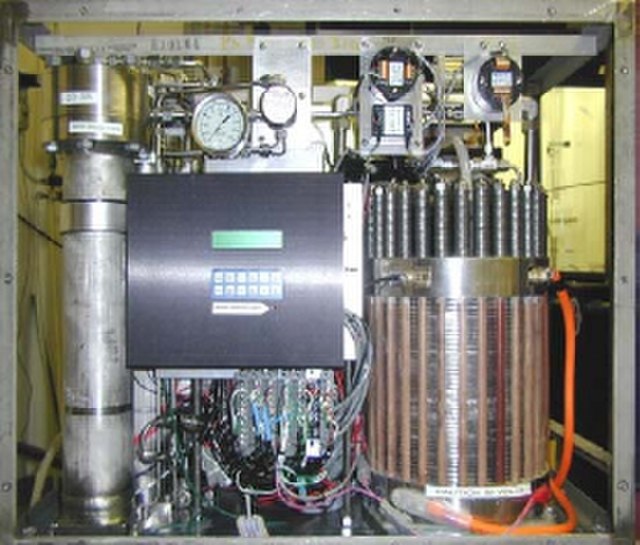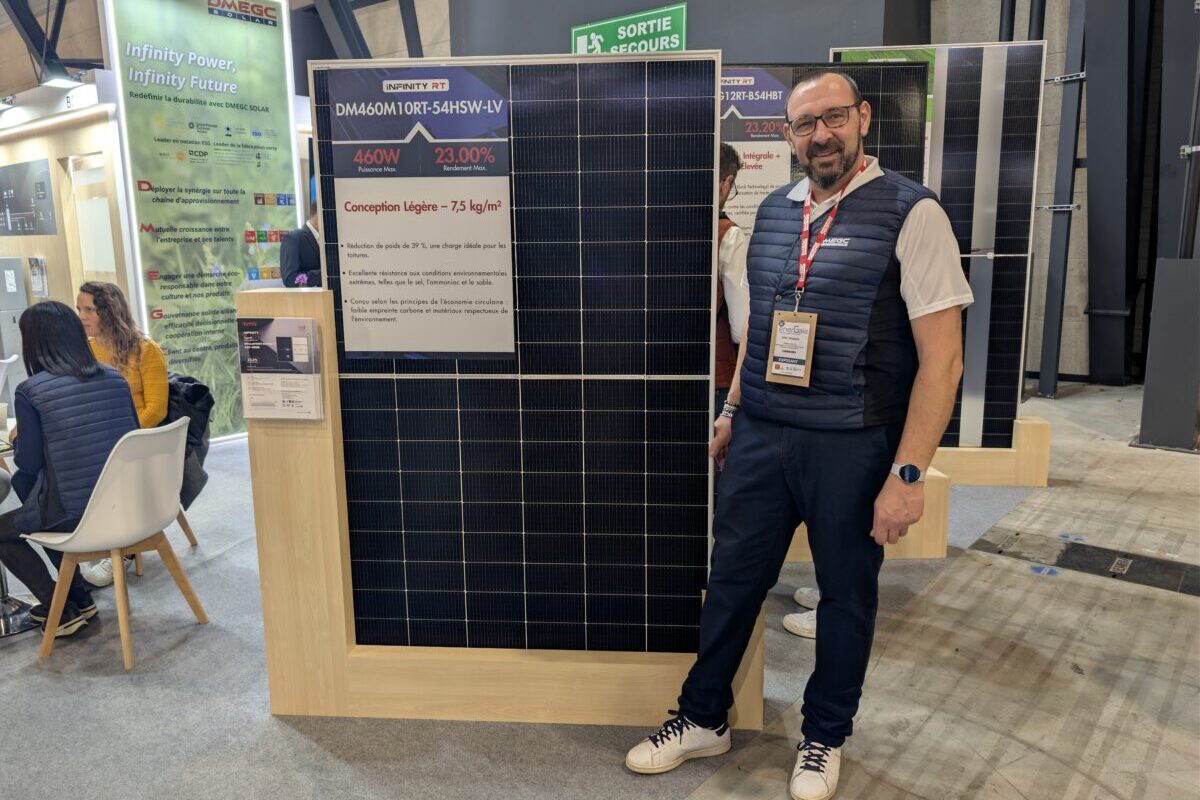Electrolyzer sales are expected to quadruple this year driven by the Chinese, US, and European markets, wrote BloombergNEF in a report published on Friday, adding that clean hydrogen demand from industry should be the main driver. “Electrolyzer manufacturers delivered 458 megawatts in 2021, and BNEF expects shipments to at least quadruple in 2022, to between 1.8-2.5 gigawatts. China will account for 62-66% of total demand, driven by state-owned enterprises keen to show compliance with national decarbonization goals,” wrote BloombergNEF. BloombergNEF predicts that the US will be the second-largest electrolyzer market this year. “U.S. developers will rush to announce projects in 2022, as the government readies a multi-billion-dollar investment in hydrogen as part of the Infrastructure Investment and Jobs Act. But with actual funding spread over the next five years, construction is likely to lag.” BloombergNEF also expects at least four hydrogen companies to go public in 2022, the number of countries with a hydrogen strategy to jump from 26 to 48, and the industry’s focus on green ammonia and alkaline electrolyzers.
Spain’s State Research Agency has awarded a grant to a three-year hydrogen project led by University of Cantabria (UC) researchers. The so-called S2H project, financed with funds from the European Union, aims to obtain hydrogen by a photocatalysis process using sunlight and seawater as a raw material. “This change of raw material is accompanied by a change of technology and, instead of electrolysis, we are going to develop a photocatalytic process,” commented Inmaculada Ortiz, head of the research group on Advanced Separation Processes (PAS), of the Chemical and Biomolecular Engineering Department.
Non-recyclable waste plastics to hydrogen technology company Hydrogen Utopia International signed a letter of intent (LOI) with Mitsubishi Heavy Industries. Mitsubishi will review the technology and explore the commercial opportunities for developing waste plastic to hydrogen facilities. “Mitsubishi will have a period of one year to review the technology under the LOI, unless extended by mutual consent. Any decision to deploy the technology would be subject to further detailed agreement(s) between the parties,” the London-based company wrote last week, adding that the deal could open the doors for the technology in Japan. Earlier this year, Japanese financial paper Nikkei wrote that three Japanese companies (Toyota, industrial gases company Iwatani, and engineer JGC) are working to use plastic waste to produce hydrogen by 2025.
General Motors announced new commercial applications for its fuel cell technology from heavy-duty trucks to aerospace and locomotives. “These fuel cell generators could ultimately replace gas- and diesel-burning generators with fewer emissions at worksites, buildings, movie sets, data centers, outdoor concerts and festivals. They could also back up or temporarily replace grid-sourced electricity for residential and small commercial enterprises at times of power disruption,” wrote GM last week.
The US Department of Energy announced a US$420 million funding opportunity for DOE’s Energy Frontier Research Centers (EFRC) and launched its H2 Matchmaker, an online information resource to assist hydrogen suppliers and users. The funding will advance climate solutions through early-stage research on clean energy technology, including carbon capture technology. The H2 Matchmaker aims to identify opportunities to expand development toward realizing regional hydrogen hubs. Last December, Nebraska-based hydrogen company Monolith received conditional approval for a $1.04 billion loan from the U.S. Department of Energy.
The German government asked the European Commission to reconsider its support for gas and nuclear, saying that crucial to the classification as a transition technology is that gas-fired power plants support the rapid transition to renewables, and convert their operations to hydrogen. The focus is on hydrogen-ready facilities. “To make rapid progress here, the necessary investments to upgrade the energy system must be initiated today,” the Federal Ministry for Economic Affairs and Climate Action wrote last week. The ministry led by Robert Habeck, together with environment minister Steffi Lemke, asked the European executive body to remove the intermediate targets for hydrogen in the EU rules for sustainable investment.”The intermediate steps required for the fuel switch, with blending rates of decarbonized gases of 30% by 2026 and 55% by 2030, cannot be realistically achieved. In the market ramp-up phase with scarce availabilities, the intermediate steps may hinder the switch to renewable hydrogen in other sectors,” the German government wrote on Friday.
This content is protected by copyright and may not be reused. If you want to cooperate with us and would like to reuse some of our content, please contact: editors@pv-magazine.com.



Total greenwash ….98 per cent of hydrogen comes from oil gas and coal.. google it …. even the 2 per from electrolisis takes 4 kw of electric to make 1 kw of hydrogen…its also a dangerous gas and as its the smalest atom it will leak if put throgh the mains